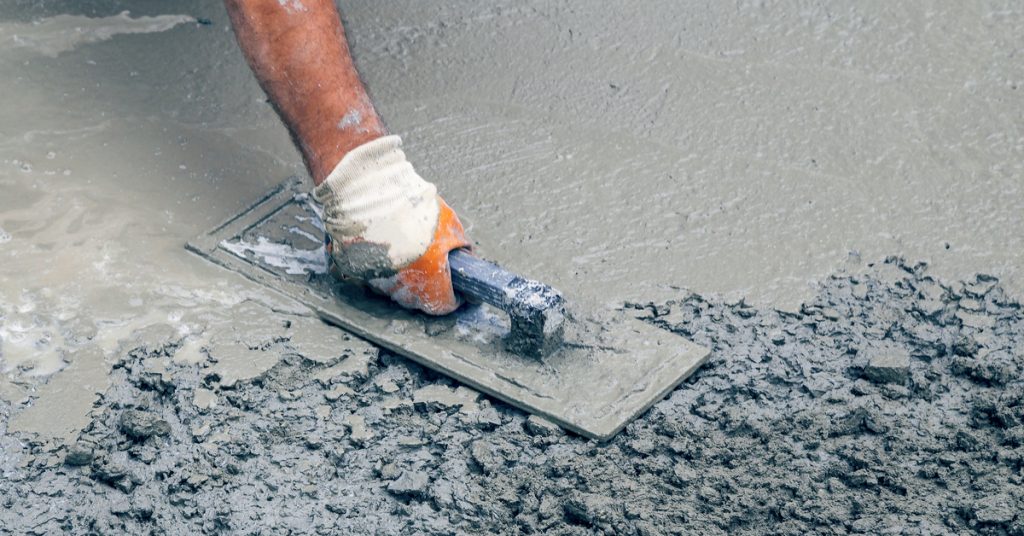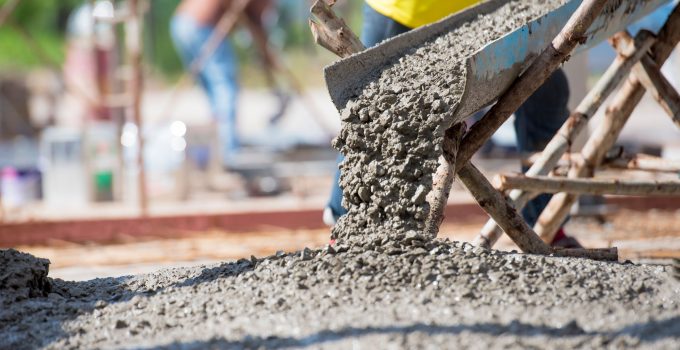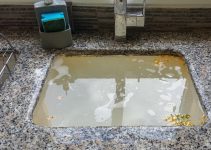You might think that concrete installation is pretty straightforward, but sometimes it can be very complicated. Also, if the people in charge of installation do it incorrectly, then it could lead to some big problems.
That’s why it’s important to always make sure it is done appropriately. But if you’re going back to this and just want to make sure everything is in order, these are the 6 signs to look out for.
If you notice any one of these, then it could mean that your concrete was installed incorrectly. With all that said, let’s start.
1. If The Slabs Are Uneven

Source: atlantasbestconcrete.com
The foundation is meant to be filled with concrete. But the question here is what the concrete goes on top of. Most experts will fill it up with ordinary soil. This is a better alternative to fill soil as placing the former doesn’t move as much.
The problem here is that when filling soil moves, so do the slabs. You can imagine how big of an issue it would be if the slabs are uneven. One such problem is cracks. Cracks can be seen through the slabs and can develop into much bigger issues.
If you do notice uneven slabs, then you will also start noticing cracks. If this does indeed happen, then that’s the first sign of incorrect concrete installation.
2. Wrong Amount Of Concrete
The way to notice this one is, again, through cracks. If you notice cracks in the concrete but see no visible shifts, then that’s a sign that the “experts” haven’t placed the right amount of cement.
When it comes to hitting the right amount, experts need to calculate it in order to prevent this problem. This isn’t a hard thing to do as there are specific calculators for that. But with all that said some do mess this up and you’ll eventually notice the cracks appearing.
3. If the Concrete Collapses

Source: buildingsolutions.com
When it comes to correctly installing concrete for any sort of project, experts must also add steel as a way of reinforcing it and making it more durable.
If we don’t use steel, then whole concrete buildings might collapse under its own weight. Adding steel is a must. There are no two ways around it.
The last thing you want is for walls to start falling down. If they’ve done a very terrible job, then the walls or other constructions will inevitably collapse. You can also notice cracks in these structures. But as we know so far, cracks in cement can be the sign of far too many things. Thus, it can be difficult to spot the exact cause of the cracks.
When it comes to using concrete for smaller jobs such as pavements, there is no need to add steel as a means of reinforcing it. When using it for similar jobs, you will need to find an expert that will make it look good and be functional at the same time. If that’s something that interests you, make sure to visit corpuschristitxconcrete.com.
4. If You Notice Dryouts and Shrinking
Elemental factors also play a role in how your concrete performs, especially if it’s been installed the bad way. This is almost always the case during dry, warm weather. As the heat dries the soil, it will inevitably make it shrink. As the soil shrinks, it will make holes and there will come a point where the slabs will also inevitably crack. When this happens, and also due to the weight that it carries, the cement will fall into these holes. You can imagine how big of an issue this can be.
If this happens to your driveway, you will notice holes and uneven areas. Also, whole parts of the concrete structure will start to fall off. You should consult with an expert if your driveway starts to crack and fall into pieces.
5. If You Notice Significant Deterioration

Source: greenbiz.com
Yet another sign of poorly installed concrete is when you notice deterioration. Concrete might be extremely durable, but that doesn’t mean it is susceptible to wear and tear.
Driveways deteriorate all the time. And whilst we did mention the elements as a potential reason, the case is even more evident as seasons change.
Snow and ice are essentially water. And water can get through cracks and in between the pavement. When this happens, the concrete will start absorbing it and with that, expand it. Going back and forth with this and you’ll eventually notice your driveway crumbling.
But how do you prevent this? The obvious answer is to prevent water from entering through the cracks. You can easily melt snow using salt, but that would only make the problem worse.
What you need to do is get the driveway examined by an expert who will recommend how to fix it. Once cracked, the only way to prevent further damage is by doing the job all over again.
6. If the Installation Happened On A Bad Day
While this isn’t a sign, it is certainly a reason why your driveway is crumbling. Whenever calling in experts to do the driveway, they should be aware that pouring in bad weather, especially on the first day of installation, is a recipe for disaster. Concrete might be durable, but that doesn’t mean it will perform as it should when being poured onto.
Since cement needs time to solidify, constantly adding water to the mix only makes it weak. Whenever calling in experts to pour the driveway, make sure to do it in warm temperatures as the cold and bad weather will only cause more headaches.
Conclusion
Cracks are the first sign of incorrectly installing concrete. Regardless of why you are doing it, experts should be aware of the many factors that can make it deteriorate through time.
Whenever thinking of hiring a company to do any sort of paving or concrete installation, make sure to pick the right one that knows what they’re doing. Otherwise, your driveway will end in pieces.







